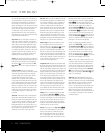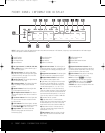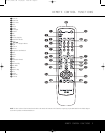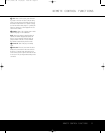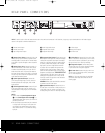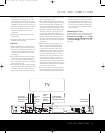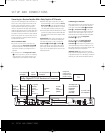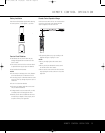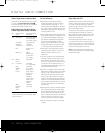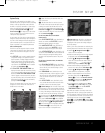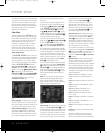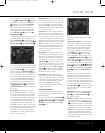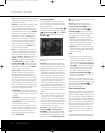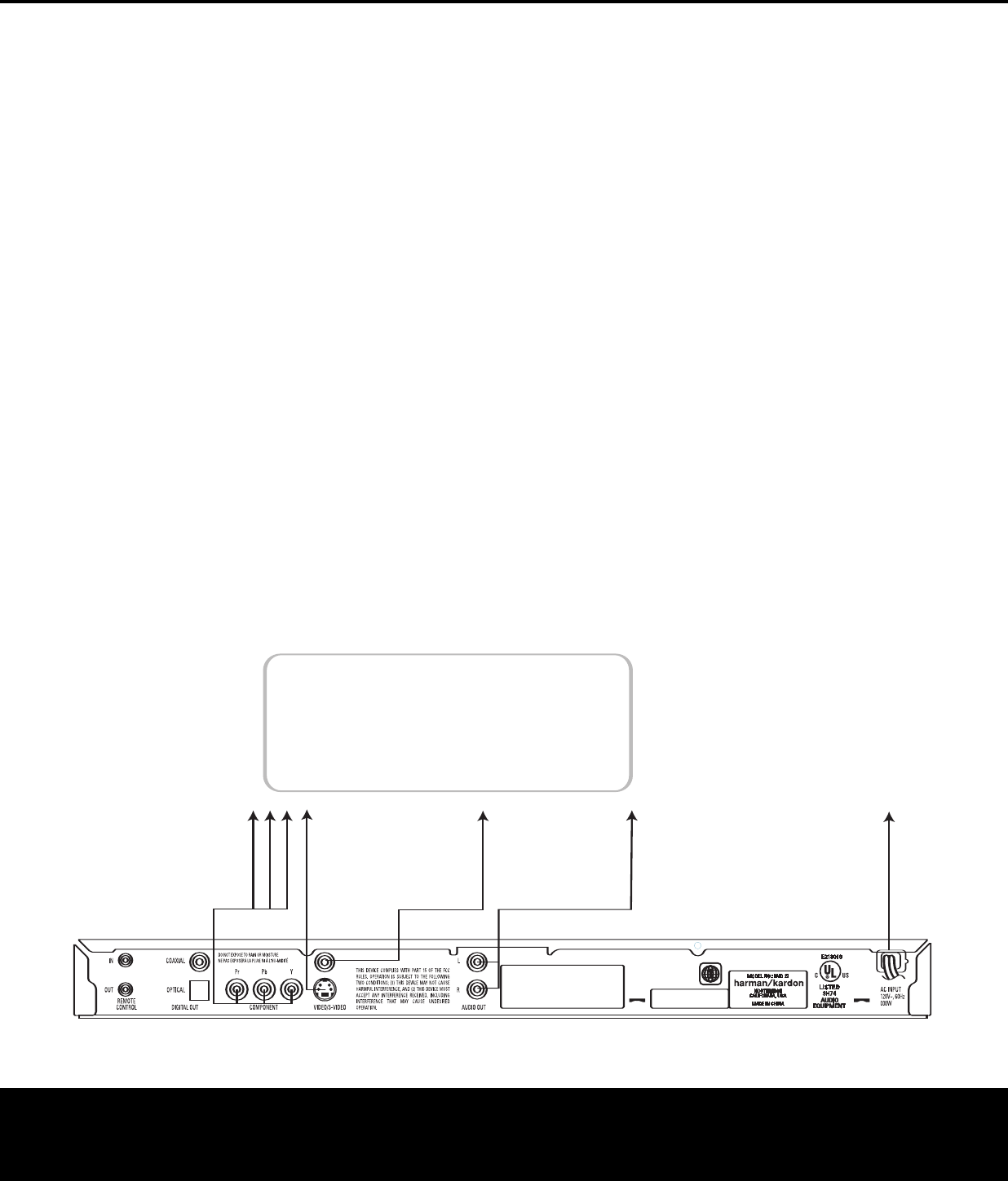
SETUP AND CONNECTIONS 13
SETUP AND CONNECTIONS
•
Ensure that the power switch of this unit (and of
other equipment to be connected) is set to “Off”
before commencing connection. We also strongly
recommend that you leave all system components
u
nplugged from AC power until after you have com-
pleted the interconnections described in this section.
• Do not block the ventilation holes of any of the
equipment and arrange them so that air can
circulate freely.
• Read through the instructions before connecting
o
ther equipment.
• Ensure that you observe the color-coding when con-
necting audio and video cables
.
VIDEO NOTES:
• While we suggest the use of component video for
higher quality pictures, you may also use the stan-
dard S-video or composite video connection if your
TV does not have component video inputs. The
component and S-video outputs are not available
simultaneously.
• The composite video output (yellow) combines the
complete video signal (composite) and sends it to
the TV (or to the A/V receiver) by one cable only.
Use this video output when your TV set is equipped
with a video input jack only.
• The S (separate) video output connector separates
the color (C) and luminance (Y) signals before trans-
mitting them to the TV set in order to achieve a
sharper picture. Use the S-video cable when con-
n
ecting the player to a TV equipped with an S-video
input for improved picture clarity.
• The component video outputs further separate the
color components of the video signal, optimizing the
D
VD 27’s video performance. Component video
connections are preferred, when available on your
TV or receiver. If you are using a television or video
display that is compatible with high-resolution 480P
video signals, make sure to use the input jacks on
t
he video display marked “HD Component,” if avail-
able. Also, make sure to configure the display’s input
settings for use with “480P” video signals. You will
also need to change the scan type in the DVD 27’
s
Video Setup menu from “Interlaced” to “Progressive.”
See page 20.
• Modern audio/video receivers are capable of con-
nection to several video source devices, such as
the DVD 27 and a VCR, cable television set-top
box, HDTV tuner or other device. The receiver is
equipped with video monitor outputs for connection
to your television, projector or plasma display. As
you select any input source device, the receiver
selects the correct video input and routes it to the
correct video monitor output to your television. It is
recommended that you connect one of the video
outputs from the DVD 27 to the corresponding input
on your receiver to simplify operation of your home
entertainment system. Refer to the owner’s guide for
your receiver for more information.
• If your receiver is capable of multiroom operation, it
is recommended that you connect both the compo-
nent and composite video outputs of the DVD 27 to
t
he receiver. This enables the highest-quality picture
(component video) for viewing in the main listening
room, while enabling the multiroom system, if it is
video-capable, to distribute the composite video sig-
n
al to the remote zone. Consult the owner’s guide
for your receiver to determine whether it has video
multiroom capability.
Connecting to a TV Only
W
hen using the DVD 27 with a television but no audio
receiver or processor, connect it as follows. Make the
Analog Audio Connection å and one of the Video
Connections
(Composite
Video
∫, S-Video ç
or Component Video ∂). Remember to plug in the
power cord.
TV
∂ç∫ å
To Y (green)/
Pb (blue)/Pr (red)
component video
connectors
To S-video
input
connectors
on the TV
To analog audio
input connectors
(red/white) on the TV
To video
input
connectors
(yellow)
on the TV
To power outlet
(AC 120V/60Hz)
DVD 27 (120V) OM 12/20/05 2:18 PM Page 13




